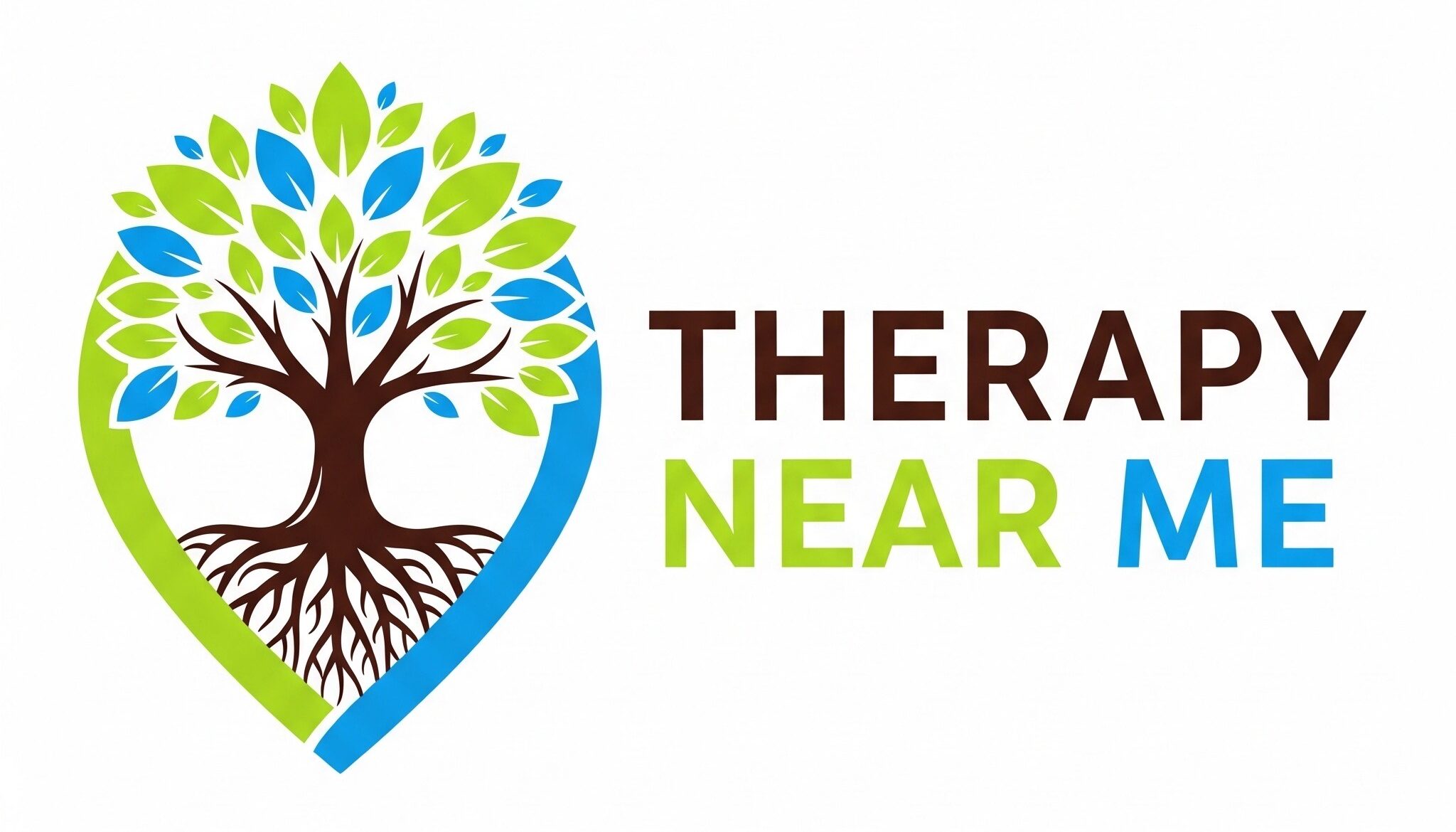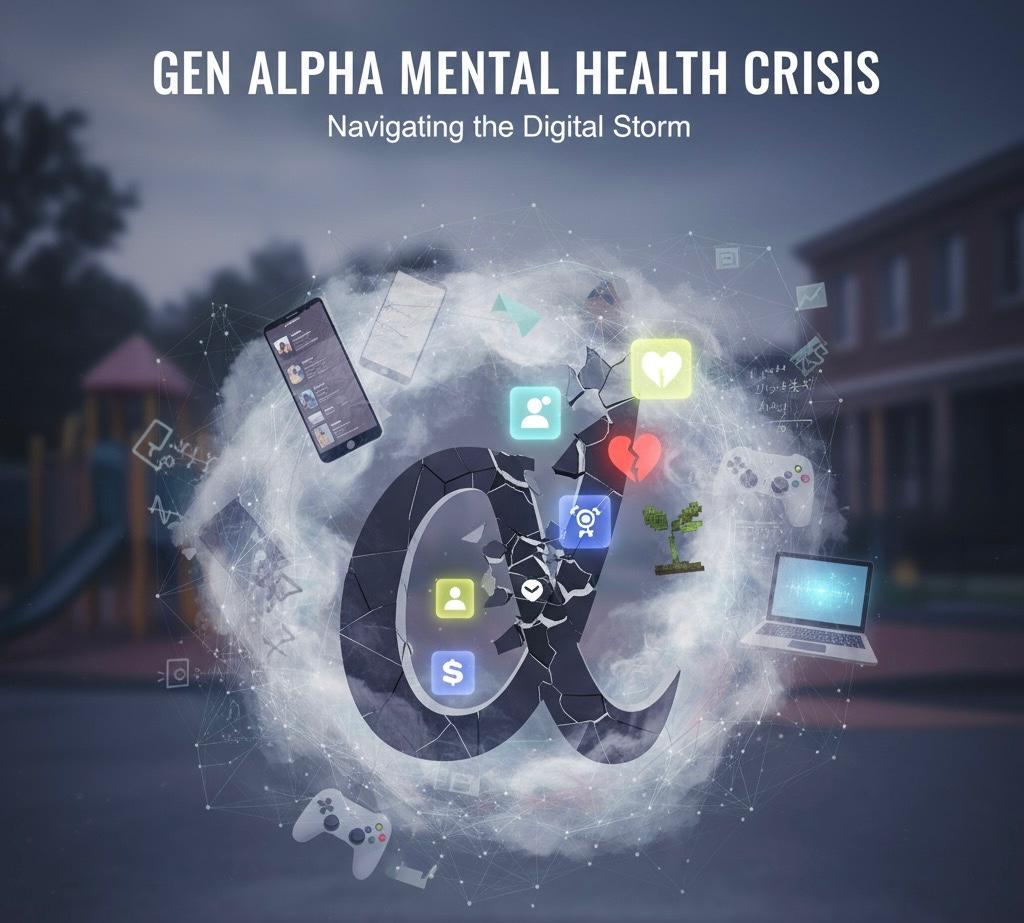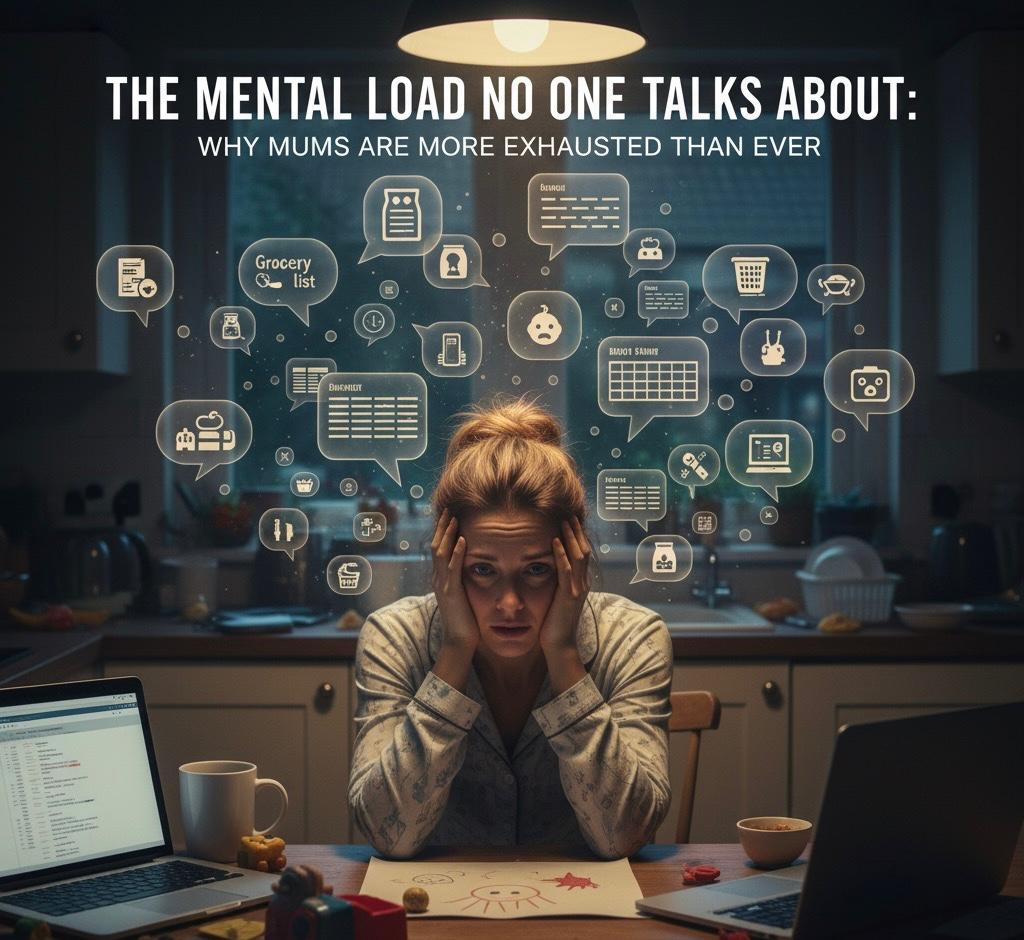Mental health stigma is a significant barrier to the well-being of individuals experiencing mental health conditions. Despite increased awareness and education, stigma remains a pervasive issue in society, affecting people’s willingness to seek help, their treatment outcomes, and their overall quality of life. This article explores the causes of mental health stigma, its impact on individuals and communities, and strategies for reducing stigma and promoting mental health awareness.
Keywords: mental health stigma, stigma reduction, mental health awareness, psychological stigma, mental health discrimination, effects of stigma, reducing stigma, mental health support
What is Mental Health Stigma?
Mental health stigma refers to the negative attitudes, beliefs, and behaviours directed towards individuals who have mental health conditions. Stigma can manifest in various forms, including public stigma (societal attitudes), self-stigma (internalised negative beliefs), and structural stigma (discriminatory policies and practices). Stigma not only affects those with mental health conditions but also contributes to the broader societal misunderstanding of mental health issues (Corrigan et al., 2016).
1.1 Types of Mental Health Stigma
- Public Stigma: Public stigma involves the widespread societal attitudes that devalue and discriminate against individuals with mental health conditions. This can include stereotypes that portray people with mental illness as dangerous, weak, or unpredictable (Pescosolido et al., 2010).
- Self-Stigma: Self-stigma occurs when individuals with mental health conditions internalise the negative beliefs and attitudes held by society. This can lead to feelings of shame, guilt, and worthlessness, further exacerbating the mental health condition and reducing the likelihood of seeking help (Corrigan & Watson, 2002).
- Structural Stigma: Structural stigma refers to the policies, laws, and practices within institutions that systematically disadvantage individuals with mental health conditions. This can include inadequate funding for mental health services, discriminatory employment practices, and barriers to accessing care (Hatzenbuehler et al., 2013).
Causes of Mental Health Stigma
Mental health stigma is deeply rooted in historical, cultural, and social factors. Understanding these causes is essential for developing effective strategies to combat stigma and promote mental health.
2.1 Historical Perspectives
Historically, mental illness has often been misunderstood and feared. In many cultures, mental health conditions were attributed to supernatural forces, moral failings, or character flaws, leading to the marginalisation and mistreatment of those affected. These historical misconceptions have contributed to the enduring stigma surrounding mental health (Hinshaw, 2007).
2.2 Media Representation
The media plays a powerful role in shaping public perceptions of mental health. Unfortunately, media portrayals often reinforce negative stereotypes, depicting individuals with mental health conditions as violent, dangerous, or incompetent. These portrayals contribute to public stigma and perpetuate fear and misunderstanding (Corrigan et al., 2005).
2.3 Lack of Education and Awareness
A lack of education and awareness about mental health contributes to stigma by fostering misconceptions and fears. Many people do not understand the nature of mental health conditions, their prevalence, or the effectiveness of treatment. This ignorance can lead to prejudice and discrimination against those with mental health issues (Jorm, 2000).
2.4 Cultural Beliefs and Norms
Cultural beliefs and norms can also influence attitudes towards mental health. In some cultures, mental illness is seen as a source of shame or a sign of weakness, leading to stigma and reluctance to seek help. Cultural expectations regarding emotional expression, self-reliance, and social roles can further exacerbate stigma (Angermeyer et al., 2013).
Consequences of Mental Health Stigma
The impact of mental health stigma is far-reaching, affecting individuals, families, and communities. The consequences of stigma can be severe, leading to social isolation, reduced access to care, and poorer mental health outcomes.
3.1 Impact on Individuals
- Delayed Treatment Seeking: Stigma can prevent individuals from seeking help for their mental health conditions, leading to delays in diagnosis and treatment. The fear of being judged or discriminated against can cause individuals to hide their symptoms or avoid professional care altogether, resulting in worsening mental health (Clement et al., 2015).
- Social Isolation: Individuals who experience stigma may withdraw from social interactions to avoid being judged or rejected. This social isolation can exacerbate feelings of loneliness, depression, and anxiety, creating a vicious cycle that further impacts mental health (Link & Phelan, 2006).
- Reduced Self-Esteem: Self-stigma can lead to a negative self-image, where individuals internalise society’s negative attitudes towards mental illness. This can result in low self-esteem, feelings of worthlessness, and a diminished sense of identity (Corrigan & Watson, 2002).
3.2 Impact on Families
- Family Stigma: Families of individuals with mental health conditions can also experience stigma, sometimes referred to as “courtesy stigma.” This can manifest as social ostracism, discrimination, or shame associated with having a family member with a mental illness. Family stigma can strain relationships and reduce the family’s ability to support the individual (Phelan et al., 1998).
- Caregiver Burden: Stigma can increase the burden on caregivers, who may face additional challenges in accessing support, resources, and services for their loved ones. Caregivers may also experience emotional distress due to societal judgement and the impact of stigma on their own mental health (Perlick et al., 2007).
3.3 Impact on Society
- Economic Costs: Mental health stigma contributes to the broader economic burden of mental illness by reducing productivity, increasing healthcare costs, and limiting opportunities for individuals with mental health conditions. The reluctance to seek treatment can lead to more severe illness, increased hospitalisation, and longer periods of disability (Trautmann et al., 2016).
- Barriers to Social Integration: Stigma can hinder the social integration of individuals with mental health conditions, limiting their participation in education, employment, and community activities. This exclusion not only affects the individual but also deprives society of their potential contributions (Stuart, 2006).
Strategies to Reduce Mental Health Stigma
Reducing mental health stigma requires a multi-faceted approach that involves education, advocacy, and systemic change. The following strategies can help to combat stigma and promote a more inclusive and supportive environment for individuals with mental health conditions.
4.1 Public Education and Awareness Campaigns
Public education and awareness campaigns are crucial for challenging misconceptions about mental health and promoting understanding. These campaigns can provide accurate information about mental health conditions, highlight the effectiveness of treatment, and encourage open conversations about mental health. By normalising mental health discussions, these campaigns can reduce stigma and promote help-seeking behaviour (Jorm, 2000).
4.2 Media Representation
Improving media representation of mental health is essential for reducing stigma. This includes encouraging responsible reporting on mental health issues, avoiding sensationalist or stereotypical portrayals, and highlighting stories of recovery and resilience. Media outlets can play a key role in shaping public attitudes by providing balanced and accurate coverage of mental health topics (Corrigan et al., 2005).
4.3 Promoting Mental Health Literacy
Mental health literacy involves understanding mental health conditions, recognising the signs and symptoms, and knowing how to seek help. Promoting mental health literacy through schools, workplaces, and community programs can empower individuals to take control of their mental health and reduce the fear and stigma associated with mental illness (Jorm, 2012).
4.4 Advocacy and Policy Change
Advocacy efforts are vital for addressing structural stigma and ensuring that individuals with mental health conditions have access to the care and support they need. This includes advocating for policies that protect the rights of people with mental health conditions, improve access to mental health services, and promote inclusion in education, employment, and community life. Policy change can help to dismantle the systemic barriers that perpetuate stigma and discrimination (Hatzenbuehler et al., 2013).
4.5 Empowering Individuals and Communities
Empowering individuals with mental health conditions to share their experiences and advocate for change is a powerful way to combat stigma. Peer support programs, mental health advocacy groups, and community-based initiatives can provide platforms for individuals to voice their experiences, challenge stigma, and support others in their journey towards recovery. Community engagement is essential for creating a culture of acceptance and understanding (Corrigan et al., 2016).
Conclusion
Mental health stigma remains a significant challenge in our society, affecting the lives of individuals with mental health conditions and their families. Understanding the causes and consequences of stigma is crucial for developing effective strategies to combat it. By promoting education, improving media representation, advocating for policy change, and empowering individuals and communities, we can reduce stigma and create a more inclusive and supportive environment for everyone. Reducing mental health stigma is not only a moral imperative but also essential for improving the overall well-being of our society.
References
- Angermeyer, M. C., Holzinger, A., & Matschinger, H. (2013). Mental health literacy and attitude towards people with mental illness: a trend analysis based on population surveys in the eastern part of Germany. European Psychiatry, 28(3), 179-184.
- Clement, S., Schauman, O., Graham, T., Maggioni, F., Evans-Lacko, S., Bezborodovs, N., … & Thornicroft, G. (2015). What is the impact of mental health-related stigma on help-seeking? A systematic review of quantitative and qualitative studies. Psychological Medicine, 45(1), 11-27.
- Corrigan, P. W., & Watson, A. C. (2002). Understanding the impact of stigma on people with mental illness. World Psychiatry, 1(1), 16-20.
- Corrigan, P. W., Powell, K. J., & Michaels, P. J. (2016). The effects of news stories on the stigma of mental illness. Journal of Nervous and Mental Disease, 204(4), 260-263.
- Corrigan, P. W., & Watson, A. C. (2007). The stigma of psychiatric disorders and the gender, ethnicity, and education of the perceiver. Community Mental Health Journal, 43(5), 439-458.
- Corrigan, P. W., Powell, K. J., & Michaels, P. J. (2016). The effects of news stories on the stigma of mental illness. Journal of Nervous and Mental Disease, 204(4), 260-263.
- Hatzenbuehler, M. L., Phelan, J. C., & Link, B. G. (2013). Stigma as a fundamental cause of population health inequalities. American Journal of Public Health, 103(5), 813-821.
- Hinshaw, S. P. (2007). The mark of shame: Stigma of mental illness and an agenda for change. Oxford University Press.
- Jorm, A. F. (2000). Mental health literacy: Public knowledge and beliefs about mental disorders. British Journal of Psychiatry, 177(5), 396-401.
- Jorm, A. F. (2012). Mental health literacy: Empowering the community to take action for better mental health. American Psychologist, 67(3), 231-243.
- Link, B. G., & Phelan, J. C. (2006). Stigma and its public health implications. The Lancet, 367(9509), 528-529.
- Pescosolido, B. A., Medina, T. R., Martin, J. K., & Long, J. S. (2010). The “backbone” of stigma: Identifying the global core of public prejudice associated with mental illness. American Journal of Public Health, 100(5), 853-860.
- Phelan, J. C., Bromet, E. J., & Link, B. G. (1998). Psychiatric illness and family stigma. Schizophrenia Bulletin, 24(1), 115-126.
- Stuart, H. (2006). Mental illness and employment discrimination. Current Opinion in Psychiatry, 19(5), 522-526.
- Trautmann, S., Rehm, J., & Wittchen, H. U. (2016). The economic costs of mental disorders: Do our societies react appropriately to the burden of mental disorders? EMBO Reports, 17(9), 1245-1249.
How to get in touch
If you or your NDIS participant need immediate mental healthcare assistance, feel free to get in contact with us on 1800 NEAR ME – admin@therapynearme.com.au.







